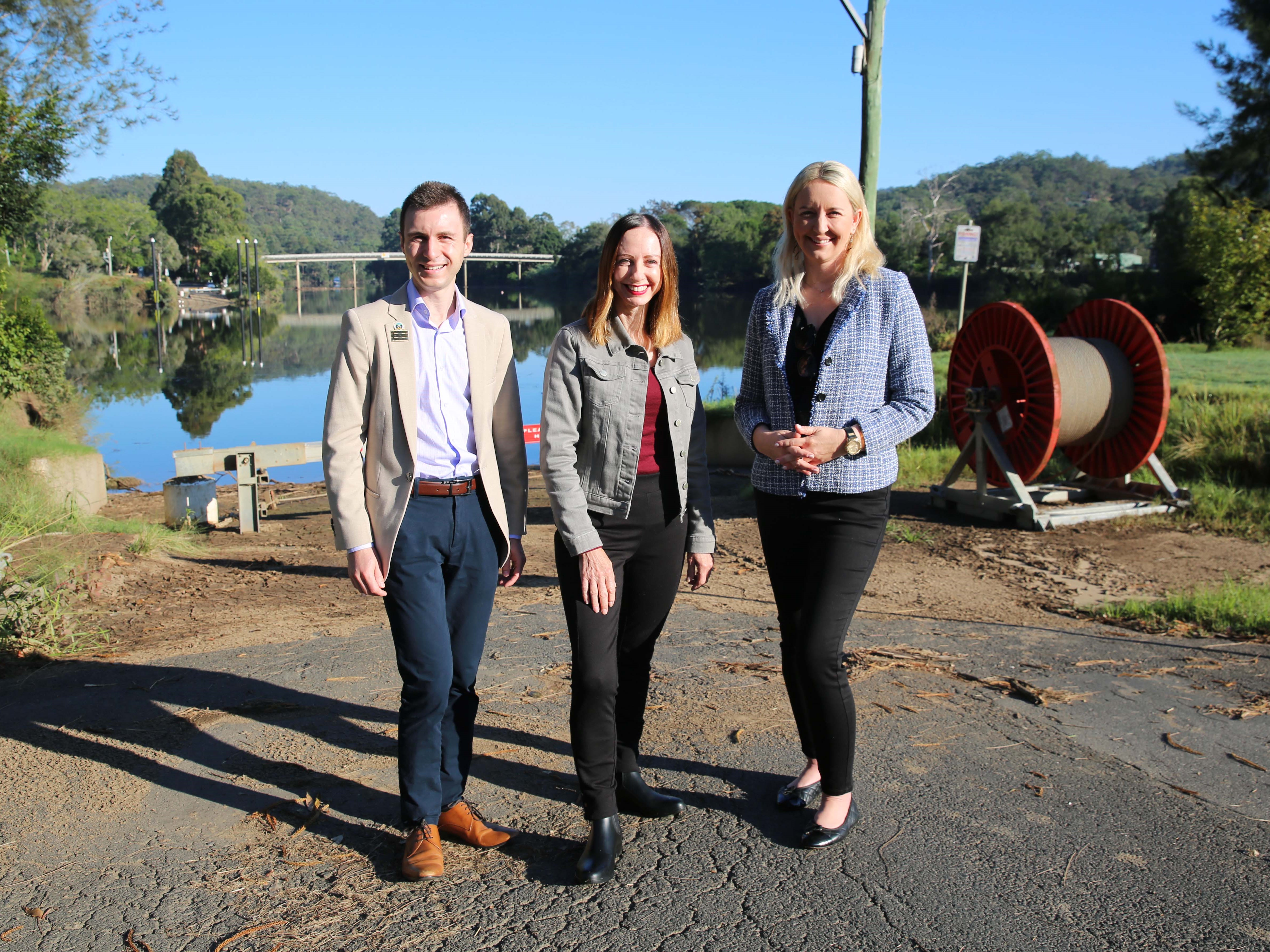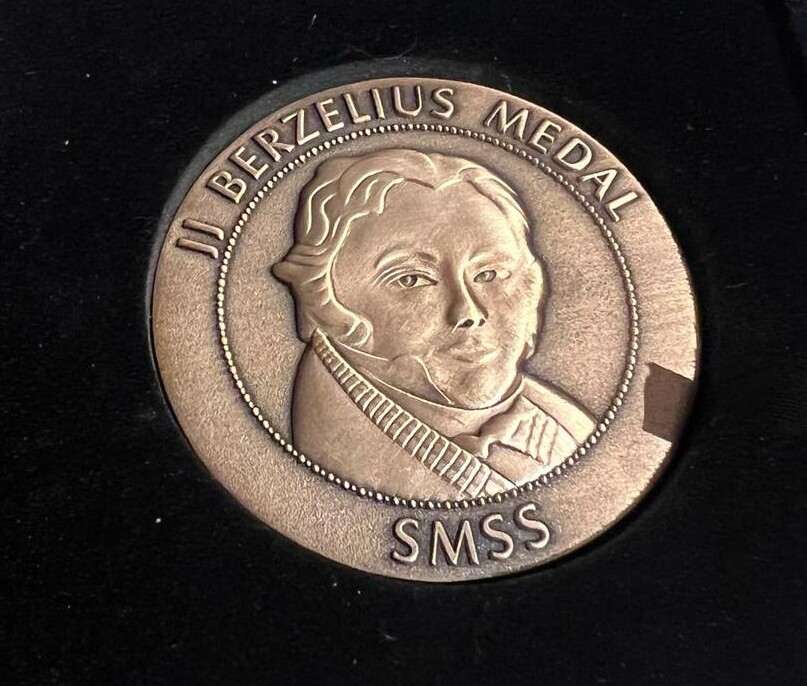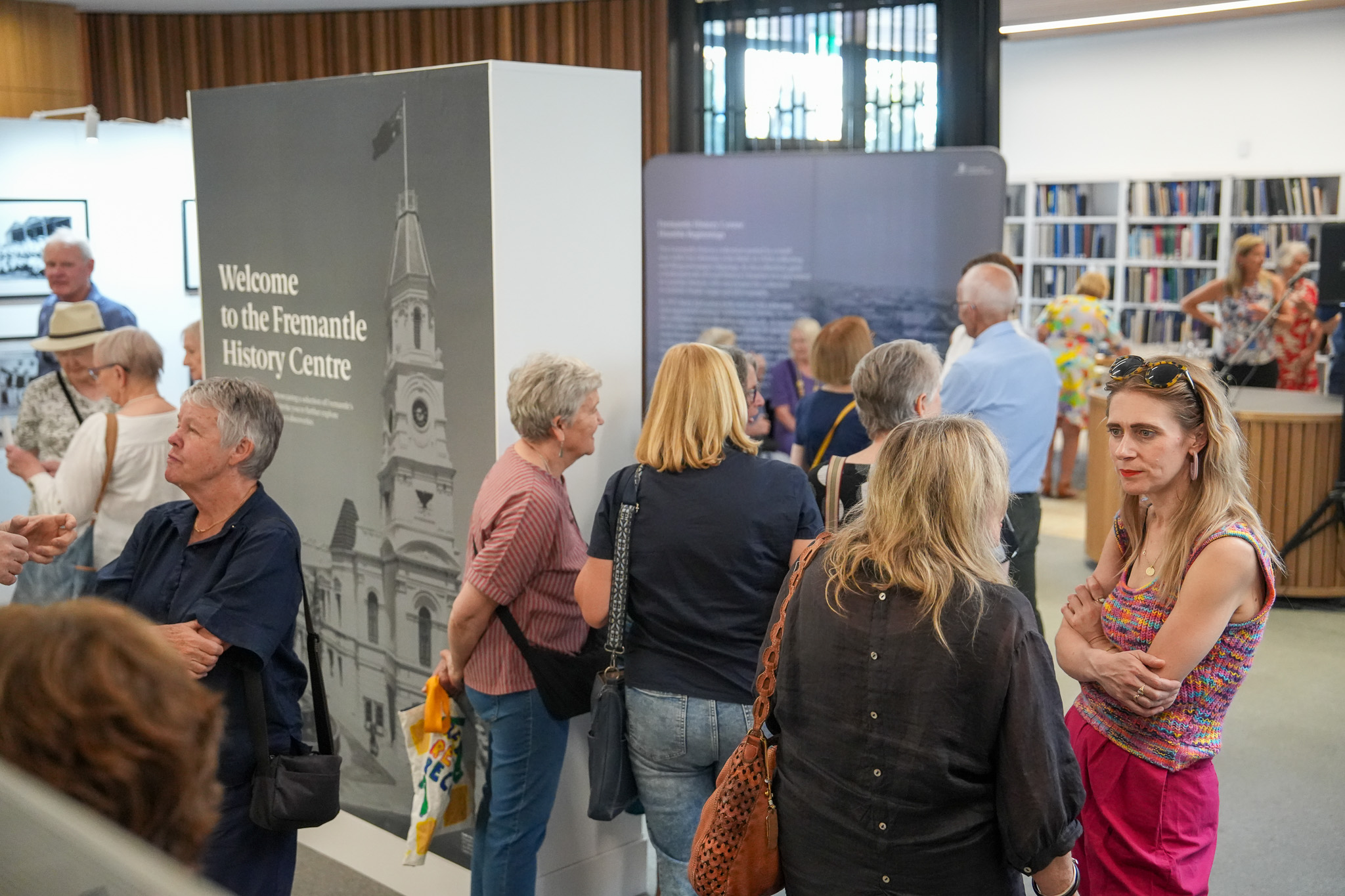DOC Director General Lou Sanson says that without the support, wildlife under the care of eco-sanctuaries, zoos, wildlife parks and wildlife rehabilitation facilities would be at risk.
“Wildlife institutions work hard to protect and restore populations of threatened native species. The critically threatened Chesterfield and cobble skinks would probably be extinct without wildlife institutions’ recovery programmes. Wildlife rescue facilities carry out invaluable work, especially for indigenous species such as kākāpō and hoiho/yellow-eyed penguin.
“These institutions also play a vital community education role, facilitating encounters with native species and wildlife experts, and providing a hub for community conservation activities.
Lou Sanson says the Zoo Aquarium Association Australasia (ZAA) and Sanctuaries of New Zealand Incorporated (SONZI) do a great job in keeping DOC informed about their members’ needs and the challenges they currently face.
“Working closely with the ZAA and SONZI, we know the impacts of the COVID-19 response have severely reduced wildlife institutions’ revenue from visitors and donations. The continued closure of New Zealand’s borders means revenue is likely to remain low for the 2020/21 financial year.”
The fund is worth $14.89 million. $9.6 million is being allocated to 28 successful applicants. The one-off funding will cover urgent and critical operational costs to maintain animal welfare, protect and retain specialist jobs and prevent the collapse of recovery programmes for New Zealand’s most threatened species.
Further applications are pending and will be announced once approved.
Wildlife Institutions Relief Fund (WIRF) recipients
The actual amount that each institution will receive is being agreed to between the institutions and DOC. Once confirmed, amounts will be posted to the WIRF webpage.







